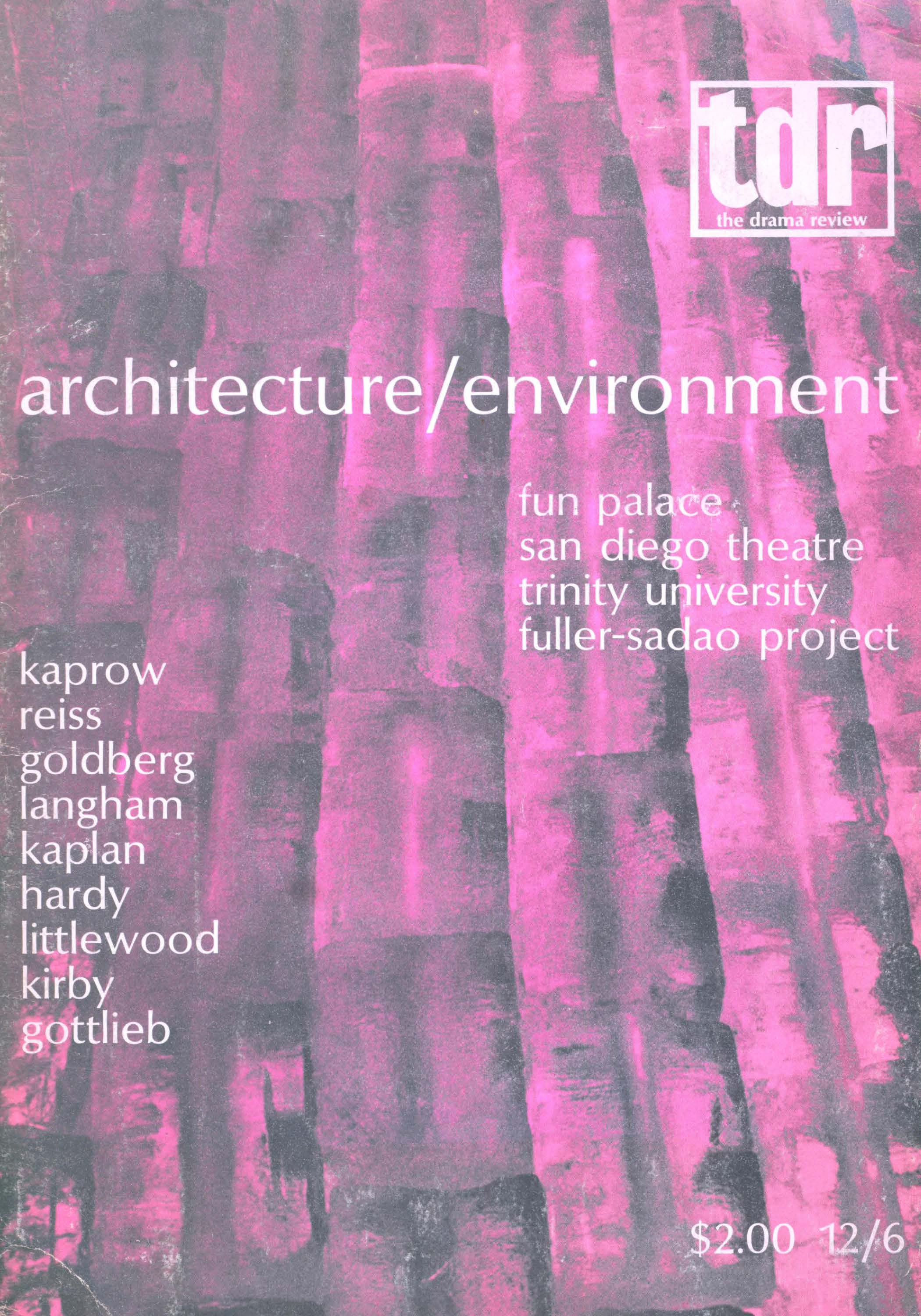Article contents
The Construction of Reality and Unreality in Japanese Theatre
Published online by Cambridge University Press: 28 January 2022
Extract
The traditional performing arts of Japan (the various Gaku, Noh, Bunraku, and Kabuki) are built on a set of contrasts between understatement and exaggeration; between distance and immediacy. Both setting and performance exploit such negatives as stillness, distance, absence and separation, but these occur against a background of opulence ranging from the elaborate Noh costumes to the technical magic of the Kabuki stage, and the lifelike movements of the Bunraku puppets. Although contrasts pre-dominate, mergings also occur in these theatre forms. Multiple evocations of the sacred appear in even the most secular of texts. One theatre genre evokes the others just as all the arts in Japan interpenetrate one another to a high degree. A constant feature of Japanese theatre is the consistent, if paradoxical, presence of the not-there which infuses the text and action to create a rich fabric of suggested meaning. It is this fact that connects Japanese classical theatre to modern experimental theatre in the West.
- Type
- Research Article
- Information
- Copyright
- Copyright © 1979 The Drama Review
- 2
- Cited by


